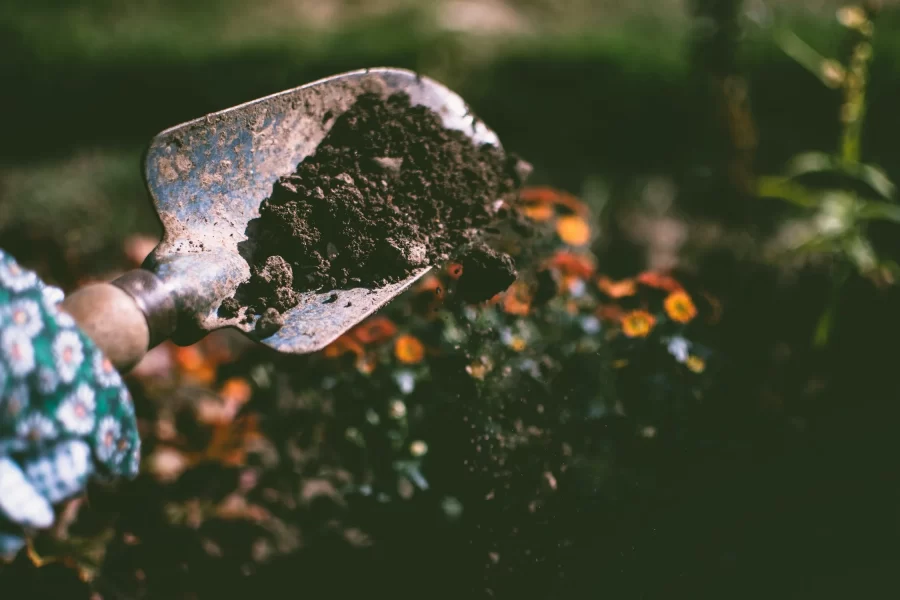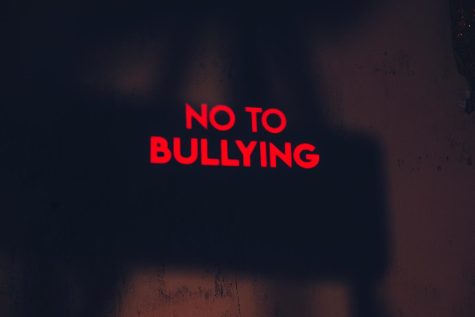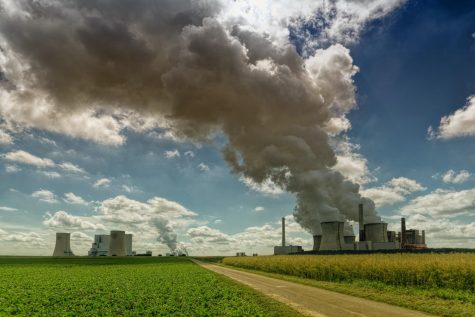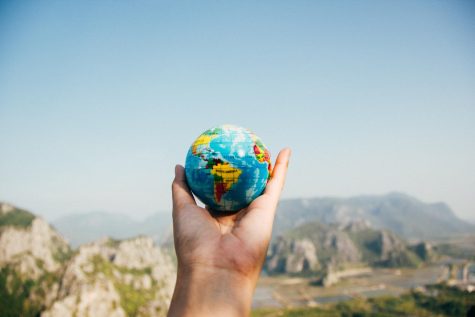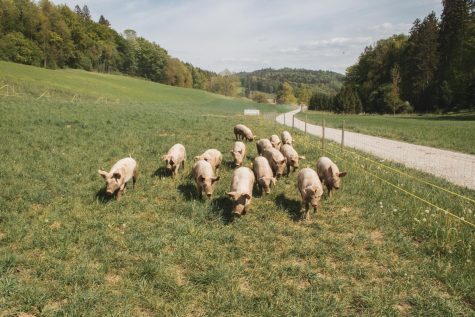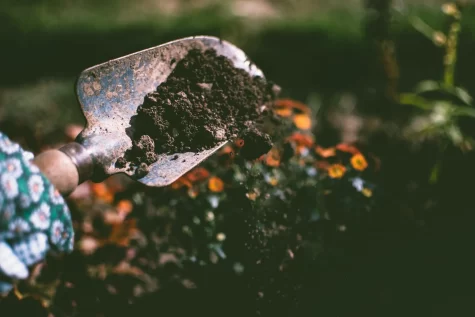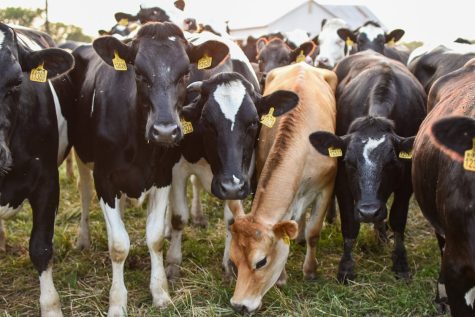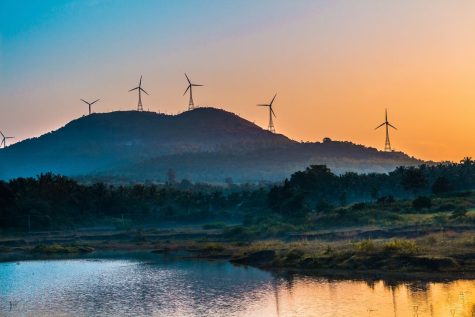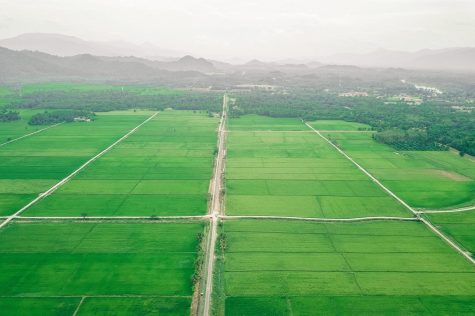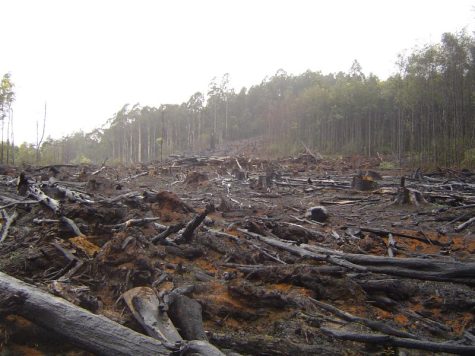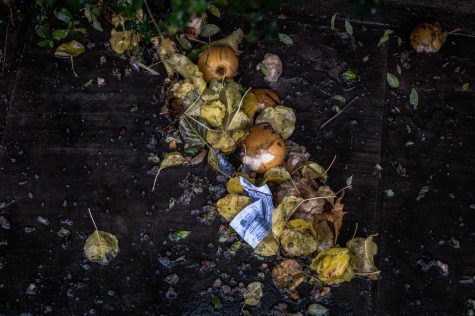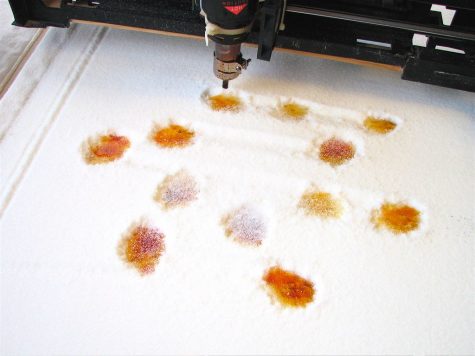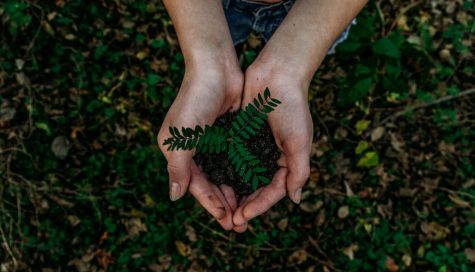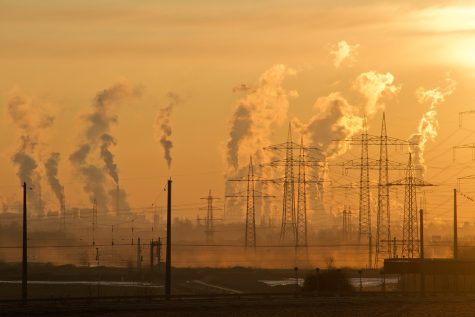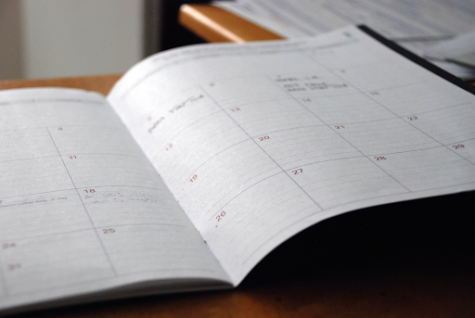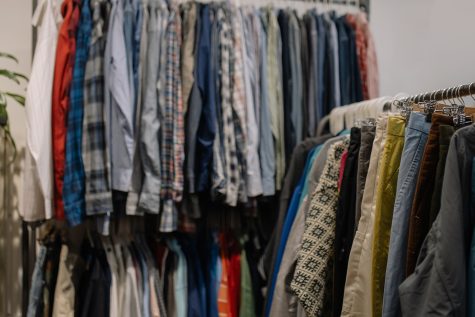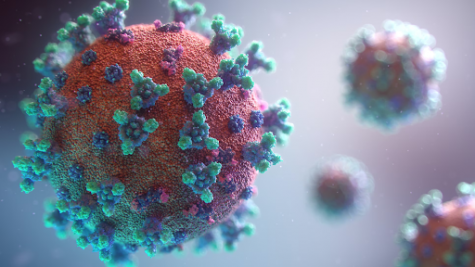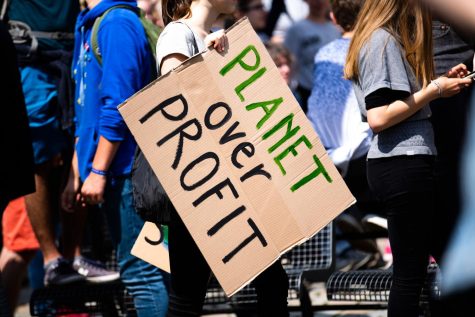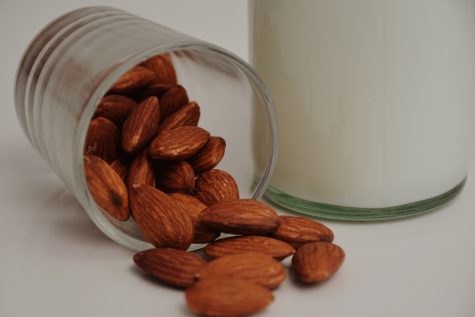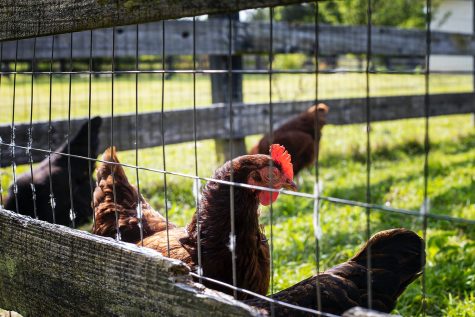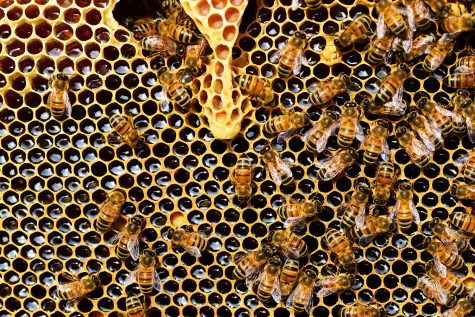Save the soil
Photo by Lisa Fotios from Pexels
Soil, also known as black gold is a key component for life on earth. Despite being a crucial component to our livelihood, humans are destroying the soil at alarming rates. The degradation of soil can be blamed on climate change, intensive farming, deforestation, and industrial activity. Luckily there are numerous solutions that are available.
If you walk outside and look down, you should be able to see grass, but dig a little deeper and you’ll find a microscopic ecosystem living below the canopy. That unobserved life exists within the soil, and it’s far more crucial to our livelihood than most people realize. Soil is known as the “black gold” of our planet because it’s so valuable to the ecosystem. In spite of this, the key component for life on earth is degrading at alarming rates. Humans are destroying the soil.
There’s plenty of mud and dirt to go around, but it lacks quality. Soil is a living system with microbes, fungi, insects, worms, and other invertebrates that all help break down materials, deliver nutrients, and maintain fertility. It’s also a habitat for one quarter of the planet’s biodiversity. Not only that, but soil acts as a natural air filter, storing three times the amount of carbon than the atmosphere and four times as much as plants and animals combined. Erosion, compaction, nutrient imbalance, pollution, acidification, and waterlogging is reducing the soil’s ability to support plant life and crops. This loss doesn’t just impact plants.
Soil degradation is taking place because of climate change, intensive farming, deforestation, and industrial activity. Without altering these agricultural practices to prevent any further damage, there will be countless chain reactions. A couple of examples include the $23 trillion costs in food, ecosystem services, and income across the globe by 2050 and 12 million hectares, equivalent to 20 million tons of grain, is already lost every year. These effects present themselves below ground; pollution and the loss of carbon matter aren’t noticeable until attempting to plant crops.
It’s harder to grow crops in poor soil, so the 95% of our global food supply that relies on agriculture is going to face devastating declines. There’s already 90% less nutrients in fruits and vegetables. In addition, if not revitalized, 850 billion tons of sequestered carbon will be released into the atmosphere, which is more than human emissions in the last 30 years put together. This doesn’t mean people should ignore the crisis.
There are as many solutions as there are problems, they just need to be implemented. Regenerative organic agriculture can increase yields 40% during a drought and has 40% less carbon emissions than conventional agriculture. There are practical, scientific solutions out there that need the push from citizens to urge their governments to execute policies that will bring about soil regeneration. Similar to other articles, one of the ways to help is contacting local, state, and higher up government officials. But one of the biggest ways to make a difference is by spreading the word, not enough people know about the soil crisis and how it impacts them. Soil is the foundation of nearly all life, if we can fix the soil, we can fix the whole.
